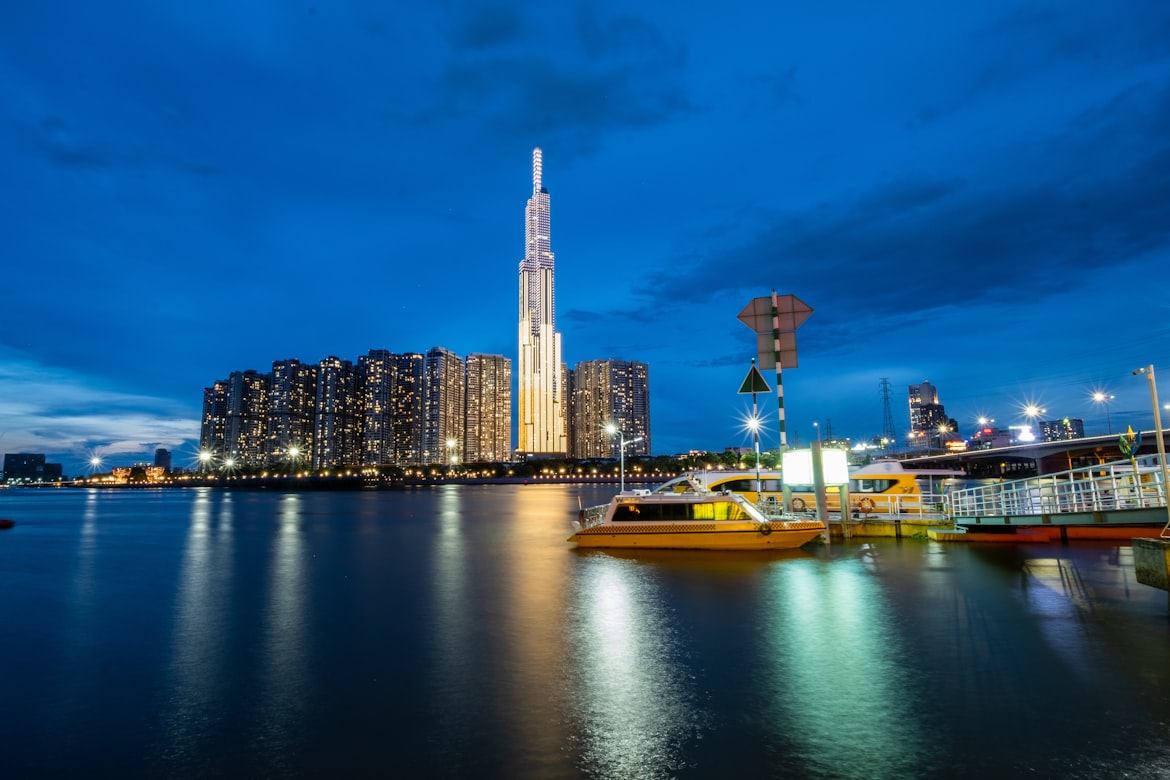Sài Gòn, or Hồ Chí Minh City, is the largest city in Vietnam, and it has a rich and complex history that is reflected in its name. The city was originally known as Prey Nokor, which was a small fishing village that was part of the Khmer Empire. However, in the 17th century, it was conquered by the Vietnamese, and it became known as Sài Gòn.
Sài Gòn was the capital of South Vietnam during the Vietnam War, and it was an important center of military and political activity during that time. However, in 1975, the city was captured by the North Vietnamese army, and it was renamed Hồ Chí Minh City in honor of the communist revolutionary leader who had led the struggle against the French and American colonial powers.
Vietnamese people often refer to the city as "Sài Gòn", which is the traditional name for the city and has been used for generations. The name "Sài Gòn" is believed to have originated from the Khmer word "Prey Nokor", which means "forest city".

While the official name of the city is "Hồ Chí Minh City", many Vietnamese people still prefer to use the name "Sài Gòn" in their daily lives. This is especially true among the older generation, who may have lived through the city's turbulent history and have a strong emotional attachment to the traditional name.
However, younger generations of Vietnamese are more likely to use the name "Hồ Chí Minh City", as it is the official name and reflects the city's current political and cultural identity. In addition, many younger Vietnamese may have grown up with the name "Hồ Chí Minh City" and may not have the same emotional attachment to the traditional name "Sài Gòn".
Ultimately, whether you call it Sài Gòn or Hồ Chí Minh City depends on your personal preferences and your relationship to the city. Some people feel more comfortable using the traditional name, while others prefer to use the name that reflects the city's current identity. Whatever name you choose, one thing is certain: Sài Gòn/Hồ Chí Minh City is a fascinating and complex place that is worth exploring and experiencing firsthand.




















